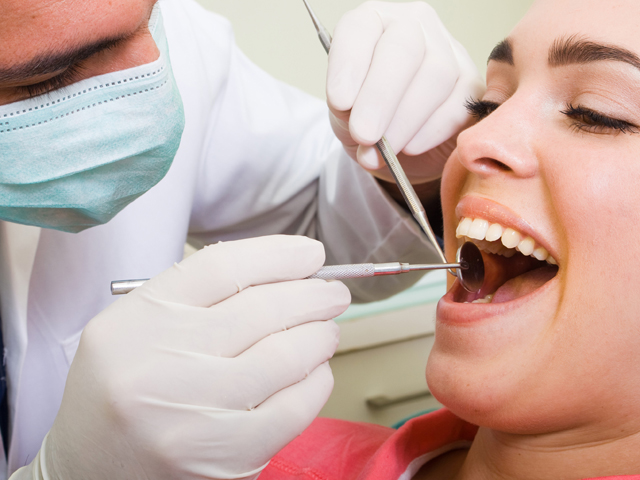A dazzling smile is often considered one of the most attractive features a person can possess. It exudes confidence and can leave a lasting impression. However, maintaining pearly white teeth can be a challenge due to various factors such as aging, dietary habits, and lifestyle choices. Fortunately, teeth whitening procedures offer a solution to brighten your smile and boost your self-esteem. In this comprehensive guide, we’ll explore everything you need to know about teeth whitening, from the different methods available to the potential risks and benefits.
Understanding Teeth Discoloration
Before delving into the whitening process, it’s essential to understand why teeth become discolored in the first place. The outer layer of our teeth, known as enamel, can accumulate stains over time from certain foods and beverages like coffee, tea, and red wine. Additionally, habits such as smoking or poor oral hygiene can contribute to discoloration. Underneath the enamel lies the dentin, which can naturally become yellow or darken with age. Teeth whitening primarily targets surface stains but can also penetrate the enamel to address deeper discoloration. Come and visit Life Loving for additional tips and the ultimate guide to teeth whitening.
Common Teeth Whitening Methods
1. Over-the-Counter Products
For those seeking a convenient and cost-effective solution, over-the-counter whitening products such as whitening toothpaste, strips, and gels are readily available at pharmacies and supermarkets. These products typically contain mild bleaching agents like hydrogen peroxide or carbamide peroxide to remove surface stains gradually. While they can produce noticeable results over time, they may not be as effective as professional treatments.
2. Professional In-Office Whitening
Professional in-office whitening treatments are performed by dentists and offer the quickest and most dramatic results. During the procedure, a highly concentrated bleaching agent is applied to the teeth, often activated by a special light or laser to accelerate the whitening process. Patients can achieve noticeably whiter teeth in just one session, making it an ideal option for those with time constraints or special events.
3. At-Home Whitening Kits
At-home whitening kits provide a middle ground between over-the-counter products and professional treatments. These kits typically include custom-fitted trays and a bleaching gel with a higher concentration of whitening agents than over-the-counter options. While they require more time and commitment than in-office treatments, they offer greater convenience and flexibility for those who prefer to whiten their teeth in the comfort of their own home.

Potential Risks and Considerations
While teeth whitening is generally safe when performed correctly, there are some potential risks and considerations to keep in mind:
- Sensitivity: Some individuals may experience temporary tooth sensitivity or gum irritation following whitening treatments. This is usually mild and resolves on its own but can be managed with desensitizing toothpaste or by spacing out treatment sessions.
- Gum Irritation: Excess whitening gel can irritate the gums and soft tissues of the mouth. It’s essential to follow the instructions provided with whitening products and avoid over-application to minimize the risk of irritation.
- Enamel Damage: Overuse of whitening products or using products with excessively high concentrations of bleaching agents can potentially damage the enamel and increase tooth sensitivity. It’s crucial to consult with a dentist before beginning any whitening regimen to ensure it’s safe and appropriate for your individual needs.
Maintaining Results
Once you’ve achieved your desired level of whiteness, it’s important to maintain your results by practicing good oral hygiene habits and avoiding habits that can cause staining, such as smoking and consuming dark-colored foods and beverages. Regular dental check-ups and professional cleanings can also help keep your smile bright and healthy.
In conclusion, teeth whitening offers a safe and effective way to enhance the appearance of your smile and boost your confidence. Whether you opt for over-the-counter products, professional treatments, or at-home whitening kits, understanding the different methods available and their potential risks and benefits is key to achieving optimal results. Remember to consult with your dentist before beginning any whitening regimen to ensure it’s appropriate for you.

